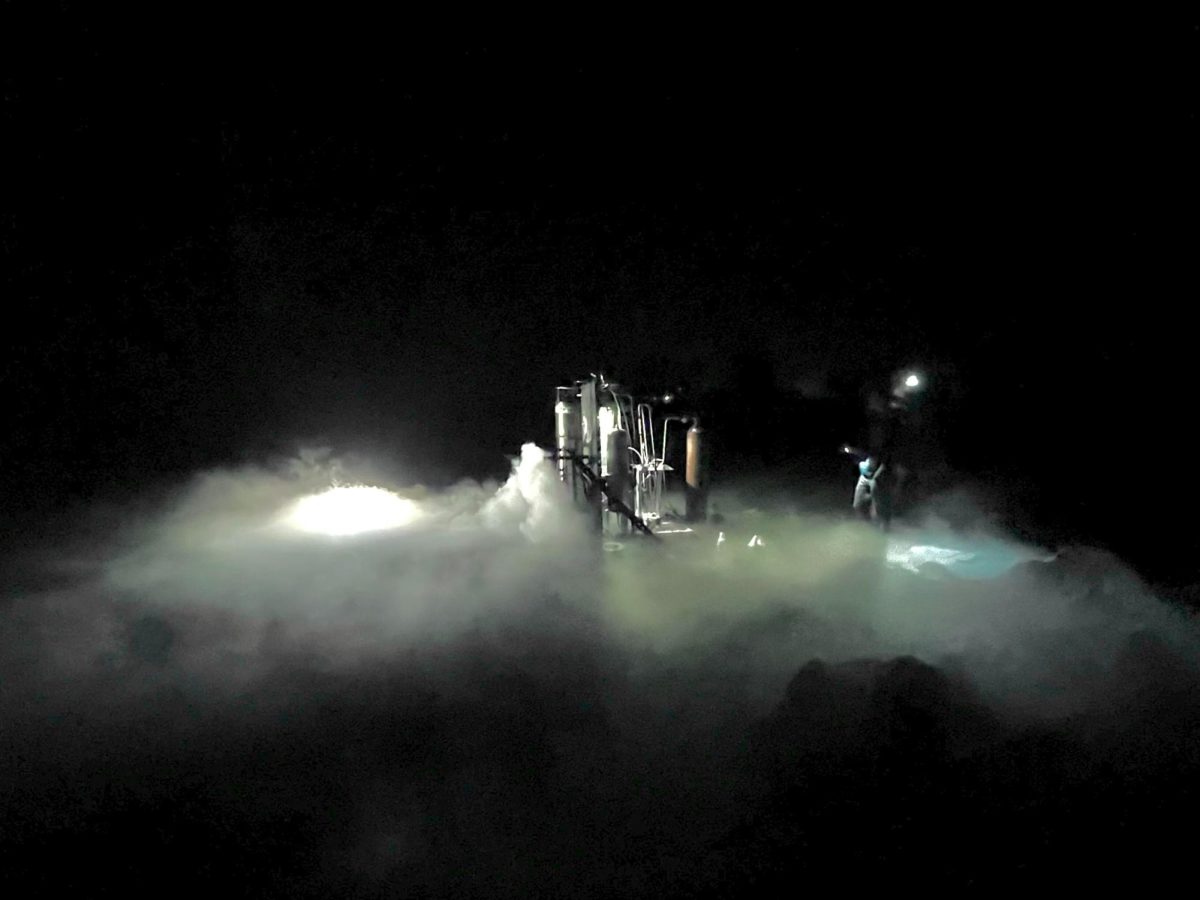Located on the first floor of the Newmark Civil Engineering Lab in Urbana is an administrative office for a program that ensures the safety and efficiency of railways across the United States.
“We’ve got the longest-running and the largest rail center in the U.S.,” said Riley Edwards, senior lecturer and research scientist in the program.
Led by Christopher Barkan and Riley Edwards, the University of Illinois Rail Transportation and Engineering Center is home to a prestigious program for rail engineering. It offers the largest course curriculum for rail in the country.
As the demand for jobs in the rail industry grows, the program has put its alumni in positions all over the world.
“What sets this program apart is that you can look at it as a foundation or as a core of the education in railway engineering in the U.S. and Canada,” said Ana Barros, head of the Department of Civil & Environmental Engineering.
Get The Daily Illini in your inbox!
While the curriculum provides efficient teachings, RailTEC also provides opportunities in the field. The program sends its students to rail sites all over the country to get hands-on experience monitoring the structural health and efficiency of railways.
“There’s only so much we can do to replicate real-life scenarios in a computer model or in the laboratory,” said Arthur de Oliveira Lima, research engineer at RailTEC. “We try to get out into the field to quantify demands.”
In other field trips, the program sends its students to seminars and conferences to grow their breadth of knowledge and experience.
RailTEC recently sent students to a test corridor in Stuart, Florida. This test corridor monitors and operates on Brightline — the new high-speed rail corridor from Orlando to Miami — which is one of the first high-speed railways in the United States.
David Wasilewski, graduate student studying civil engineering, was one of the students selected to go to Florida.
“We ended up riding the Brightline as part of that,” Wasilewski said. “So, Brightline is the first privately funded passenger rail operation in the U.S. in quite a while. Not the first ever, but the first in a few years. It’s significant because they’re trying to bring European-style high-speed rail to the U.S.”
As all of the fieldwork and research produced by RailTEC is conducted in groups, teamwork is a pillar of their work. Members said the leadership within the program has created authentic camaraderie, resulting in a fun work environment that heightens the overall quality of experience.
“I’ve only been here about a year and a half and I already know everyone really well,” Wasilewski said. “I feel like I’ve known people here for a while. We’re all kind of a big friend group.”
Edwards said the closeness of the group is something that has been brought to his attention by sponsors.
“I’ve actually had sponsors that have noted how our students have interacted with each other even when I’m not watching,” Edwards said. “That has stood out to them, that they are encouraging and supportive of one another and collaborative in what they do.”
According to Edwards, he believes the quality of the work improves as a result of the kinship within the program.
“We see that when we combine the individual people and their giftings, whatever they come up with as a whole is always something that’s bigger than anything they can do individually,” Edwards said.
Lima suggested the social setup of the program is important because most of the work done in the field is accomplished in groups.
“When we’re going out to the field, we typically develop a plan for what each person is responsible for and divide up tasks so that we can accomplish (everything) we have to in the least amount of time possible,” Lima said. “It involves a lot of partnering on tasks.”
The program, which has put out nearly 150 publications in its 25-year lifespan, received a $5 million grant from the U.S. Department of Transportation to create a new research and development center that will operate with eight partner institutions including Rutgers University and Kansas State University.
“By bringing experts in different areas together, we are really developing a very strong team that can look at various aspects of rail,” Barros said.
The addition of the center will give the University the opportunity to do more research looking into broad issues in rail transportation.
“I’m excited about the new center,” Edwards said. “The first thing is combining forces with these other universities. They all have unique areas of expertise that further expand our reach here at the University of Illinois.”
While Edwards, who has worked in the program since 2007, said he is excited about the work and accomplishments of the program, he explained he continues to do the job because he wants to see the success of his students.
“It’s the highlight of my job and the reason I’m doing this,” Edwards said. “It’s very much a family atmosphere.”













